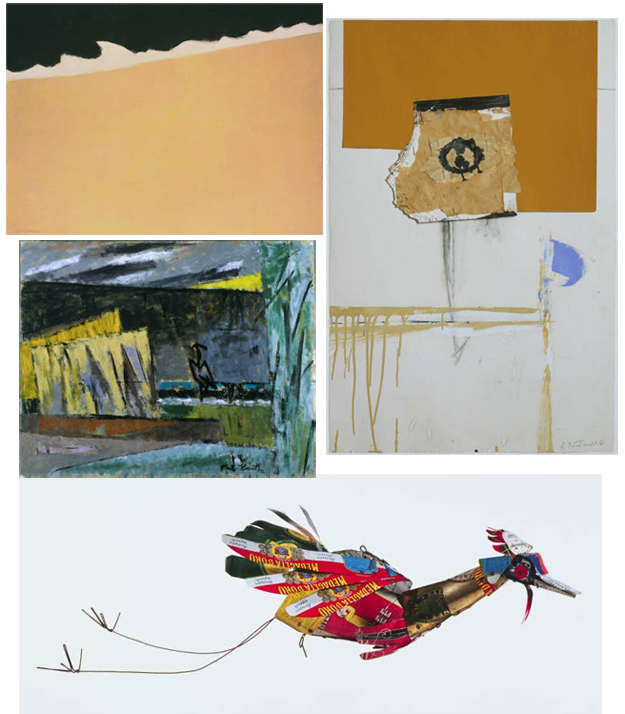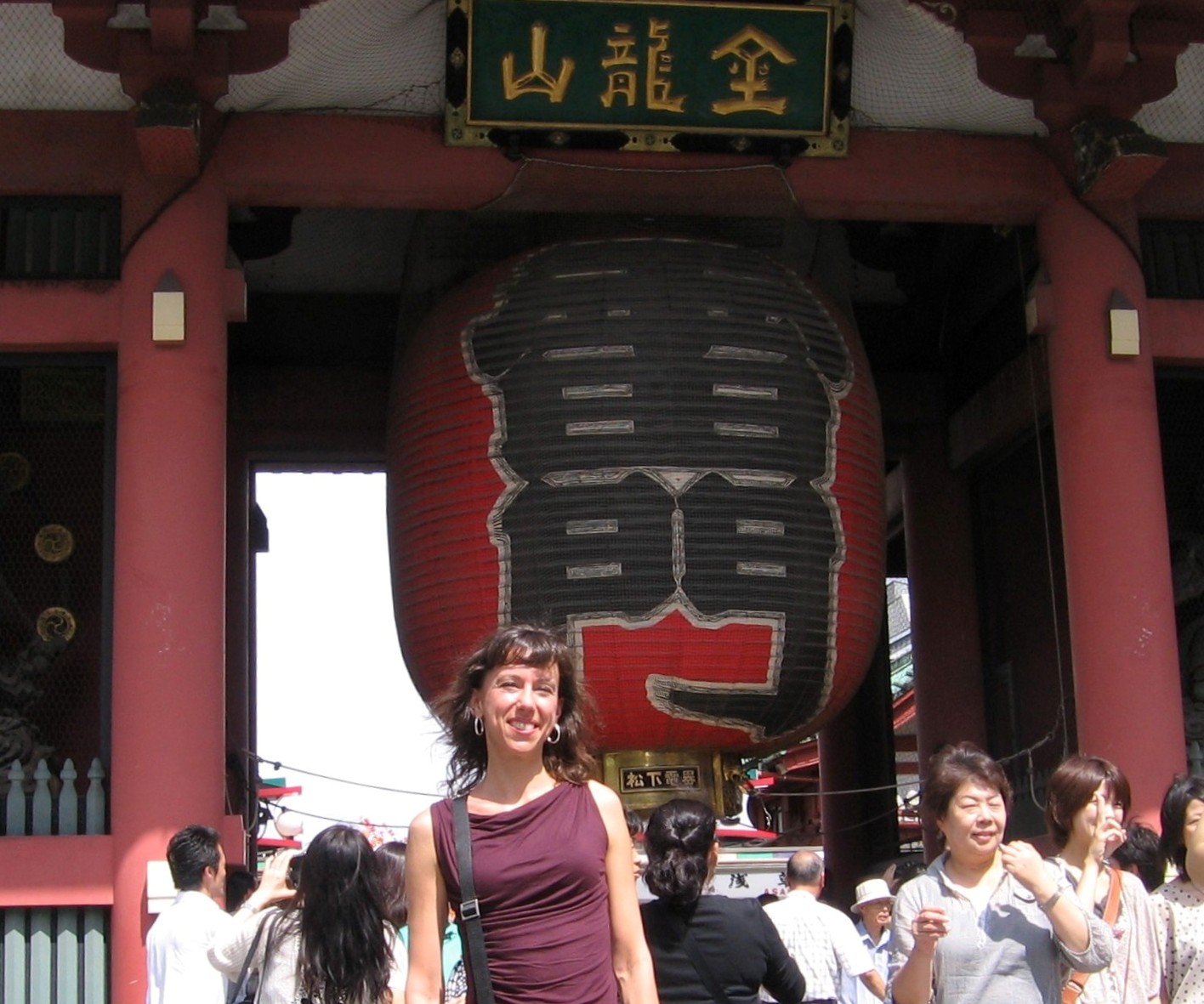Last week, we came across this fantastic video (via the Modern Art Notes blog), in which The Dedalus Foundation documents the production of a Robert Motherwell catalogue raisonné. We’ve briefly dipped in to this subject on the blog in the past. As you can imagine, the reproduction of works of art, in such a definitive resource, is not a simple process.[jwplayer config=”Single Video” mediaid=”14439″]
Tag Archives: Robert Motherwell
Happy Birthday Duncan Phillips

Clockwise from top left: Milton Avery, Black Sea, 1959. Oil on canvas, 50 x 67 3/4 in. The Phillips Collection, Washington, D.C. Acquired 1965. Robert Motherwell, In White and Yellow Ochre, 1961. Oil, charcoal, ink, tempera and paper collage on paper, 40 7/8 x 27 in. The Phillips Collection, Washington, D.C. Acquired 1965. Alexander Calder, Only, Only Bird, 1951. Tin cans and wire, 11 x 17 x 39 in. The Phillips Collection, Washington, D.C. Acquired 1966. Karl Knaths, The Blue Heron at the Tide Wash, 1956. Oil on canvas; 24 x 30 in. The Phillips Collection, Washington, D.C. Acquired 1965.
I had the pleasure of speaking last night to Alice Phillips Swistel, great-niece of Duncan Phillips who was born today in 1886. It’s not surprising that the conversation came around to her memories of him. Though I’ve worked here for over five years and handled many of Phillips’s belongings–his journals, book collection, letters–I always welcome more insight. Above are images of five works Phillips purchased in the last months of his life. I think the selection is telling, featuring his devoted friendship and support of artists (Knaths), and his appreciation for complexity (Motherwell). These works display many of the hallmarks of Phillips as a collector: his patronage and loyalty, the joy of discovering, a passion for seeking the new.
Dispatches: More from Japan
Less than a week ago, I had the great pleasure and responsibility to act as courier for a shipment of loans traveling to Tokyo, Japan, part of the exhibition To See As Artists See: American Art from The Phillips Collection at the National Art Center. With these works of art under my careful supervision, I began my journey, a trip of a lifetime, to a continent I had never visited. I was ready for the adventure. After seventeen hours (and a quick peek at Anchorage from the tarmac), I arrived at Narita airport.
Having the good fortune of a few days off before the start of the installation schedule, my first full day was spent in Tokyo, where I visited the impressive Sensoji Temple (pictured above), in Asakusa. The day continued with a boat ride to the Hama-rikyu Gardens, a nice respite from the intensity of the city, a walk through the high-end shopping district of Ginza, the gardens of the Imperial Palace, and the Shibuya neighborhood, where lanes of traffic merge from six different directions in the busiest intersection in Japan. The weekend continued with a trip to nearby Kamakura, where a massive 37 foot Buddha can be found seated against an immense blue sky and Nikko with its colorful, ornate temples and shrines tucked into the mountains.

Robert, Motherwell, Chi Ama, Crede, 1962. Oil on canvas, 82 x 141 in. The Phillips Collection, Washington, D.C. Purchased by The Phillips Collection through funds donated by Special Director's Discretionary Grant from The Judith Rothschild Foundation, Mr. and Mrs. Gifford Phillips, The Chisholm Foundation, The Whitehead Foundation, Mr. and Mrs. Laughlin Phillips, Mr. and Mrs. Marc E. Leland, and the Honorable Ann Winkelman Brown and Donald A. Brown, 1998.
The next four days were spent working at the National Art Center, a magnificent facility that opened in early 2007. It boasts one of largest and most sophisticated exhibition spaces in Japan and is located in the trendy neighborhood of Roppongi. I worked with the friendly staff at the museum, conservators from the nearby Mori Arts Center, our sponsors from the Yomiuri Shimbun, as well as Phillips Chief Registrar Joe Holbach and Associate Curator for Research Sue Frank. Although the days were long, the work was very rewarding. We were a terrific team. Everyone was generous with their time and willing to take on work to make the exhibition look its best. It was a pleasure to experience the thrill of our colleagues at National Art Center as they saw our paintings uncrated. They were especially moved by our Hoppers, O’Keeffes, and Doves. It was also a wonderful surprise to see the Center’s huge galleries transform into intimate spaces with 110 of our American masterworks on display. Our Robert Motherwell, Chi Ama Crede (1962), looked tremendous on a wall of its own, where you could really appreciate its scale. At the end of the installation, everyone felt pleased with the results. In truth, our paintings have never looked better.
-Renée Maurer, Assistant Curator

